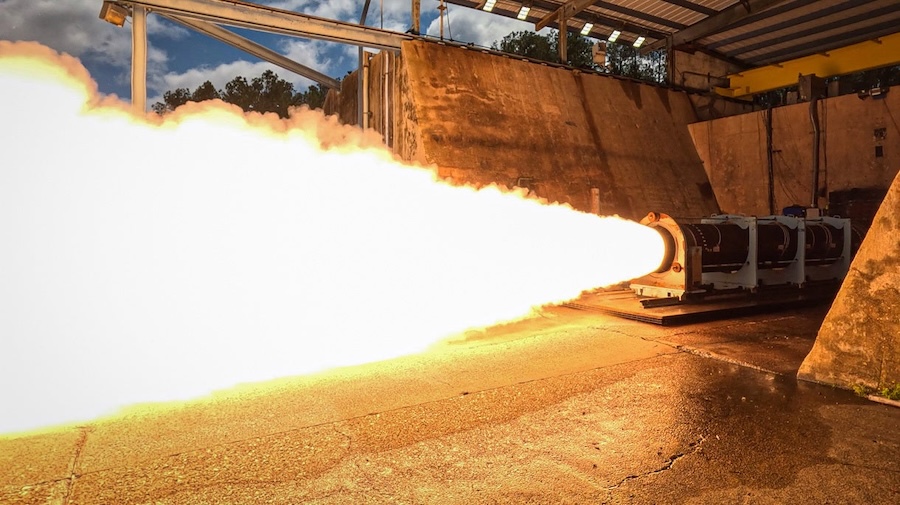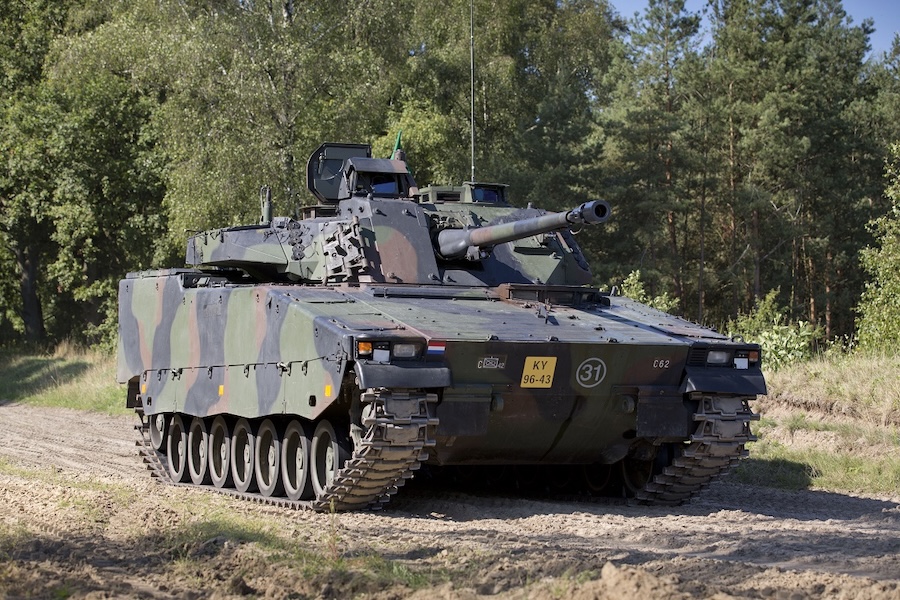This marked the second test firing of the system, which is the newest weapon in service with the Türkiye’s Naval Forces. While the trial conducted in March was designed to verify the correct functioning of all onboard systems, the most recent test involved their successful use to detect, track and destroy an aerial target.
Denizlerimizde oyun değiştiren teknoloji kalkanı 🚀
Test atışı ➡️ Tam isabet
✔️ HİSAR D Atış Kontrol Sistemi
✔️ CENK 4 Boyutlu Arama Radarı
✔️ AKREP Atış Kontrol Radarı
✔️ AGRAS Arayıcı Başlık
✔️ GÜDÜ Füze Veri Bağı Sistemleri#SavunmaSanayii… pic.twitter.com/LarGYJXYma— ASELSAN (@aselsan) August 15, 2025
The three-coordinate Aselsan Cenk 400-N radar, operating in the G-band, identified and tracked a QinetiQ Banshee Jet 80+ drone, which was subsequently destroyed using the AKREP 300-N fire control radar. For the first time, two additional systems were also tested: the Aselsan GÜDÜ 200-MG long-range bidirectional data link with a range of up to 108 nautical miles (about 200 km), and the AGRAS 2203/SA radar seeker integrated into the missile.
The Hisar-D RF system is designed to counter a wide range of airborne threats at distances of up to 13.5 nautical miles (around 25 km) and altitudes of up to 10 km. Unlike the Alpha (A) and Oscar (O) variants, which are fitted with imaging infrared (IIR) guidance, the RF version uses radar guidance along with the bidirectional data link.































